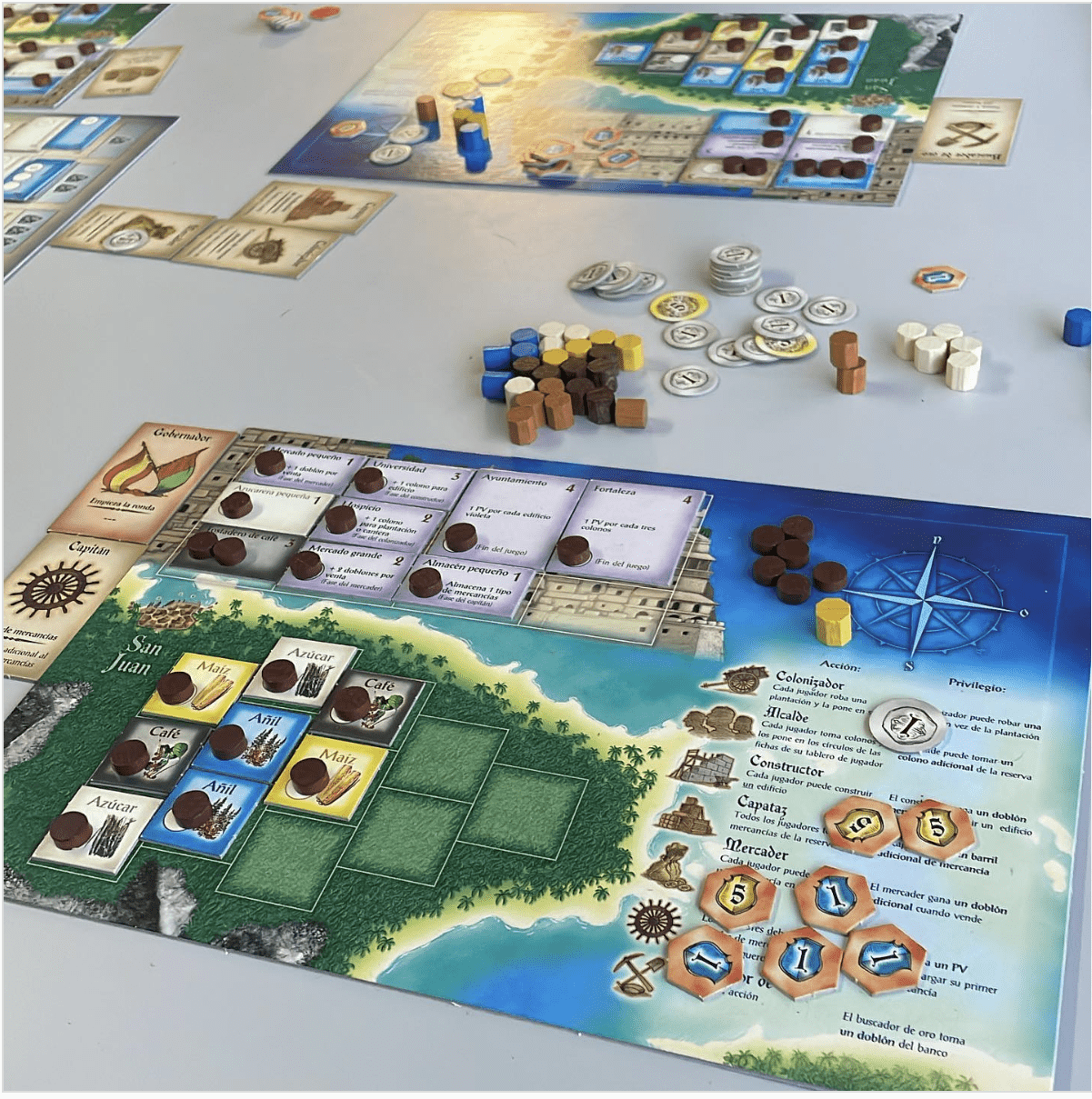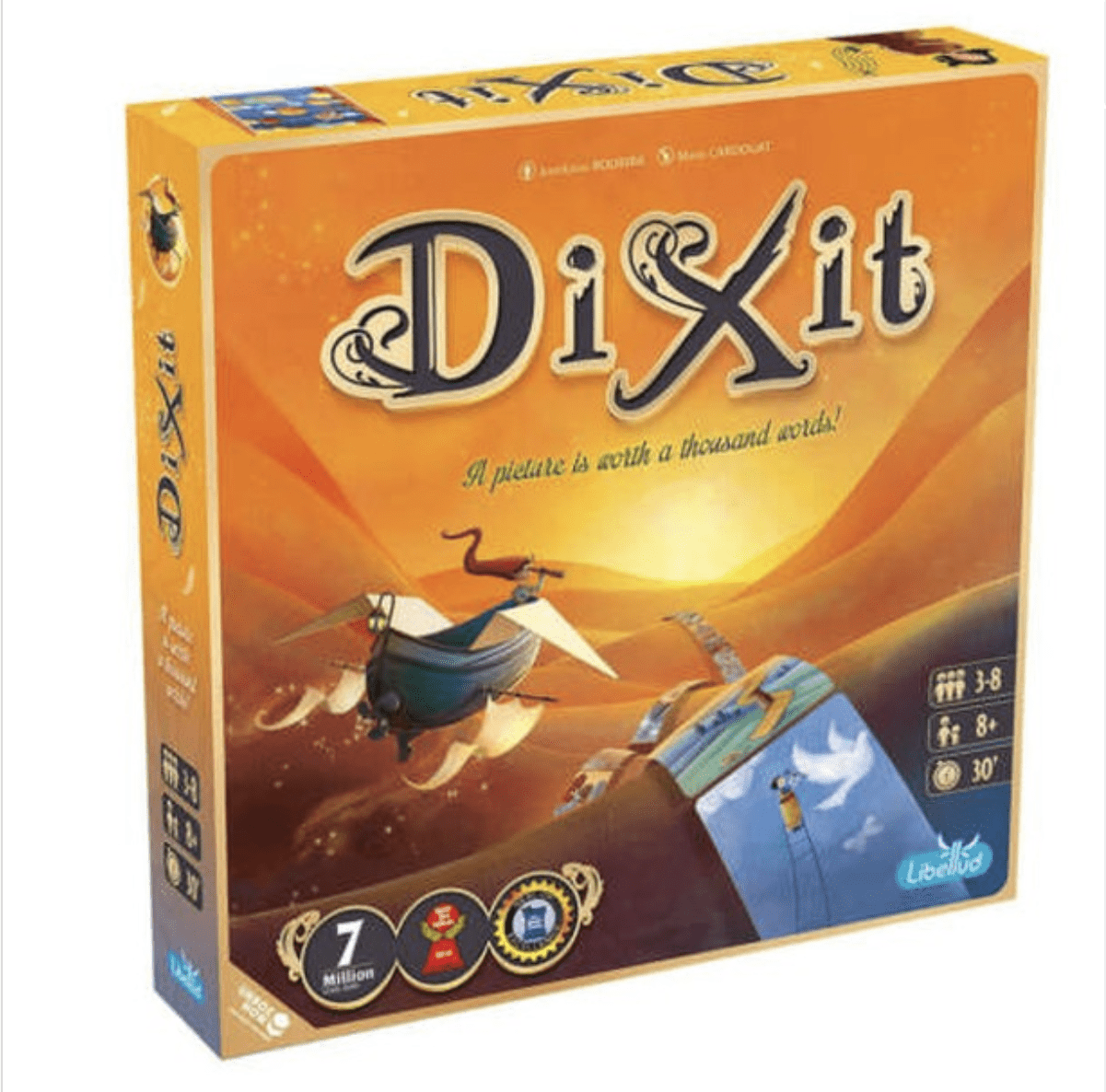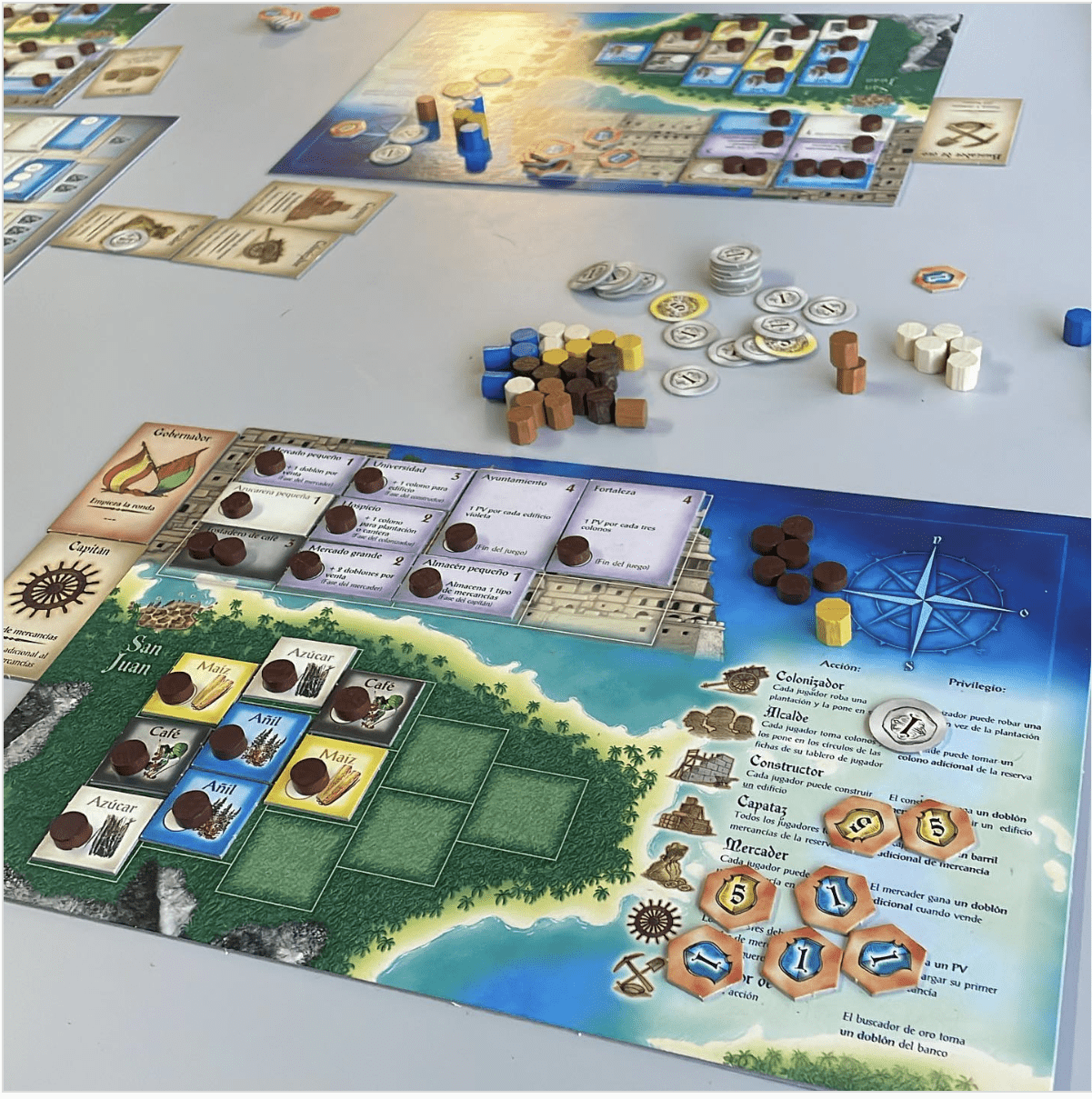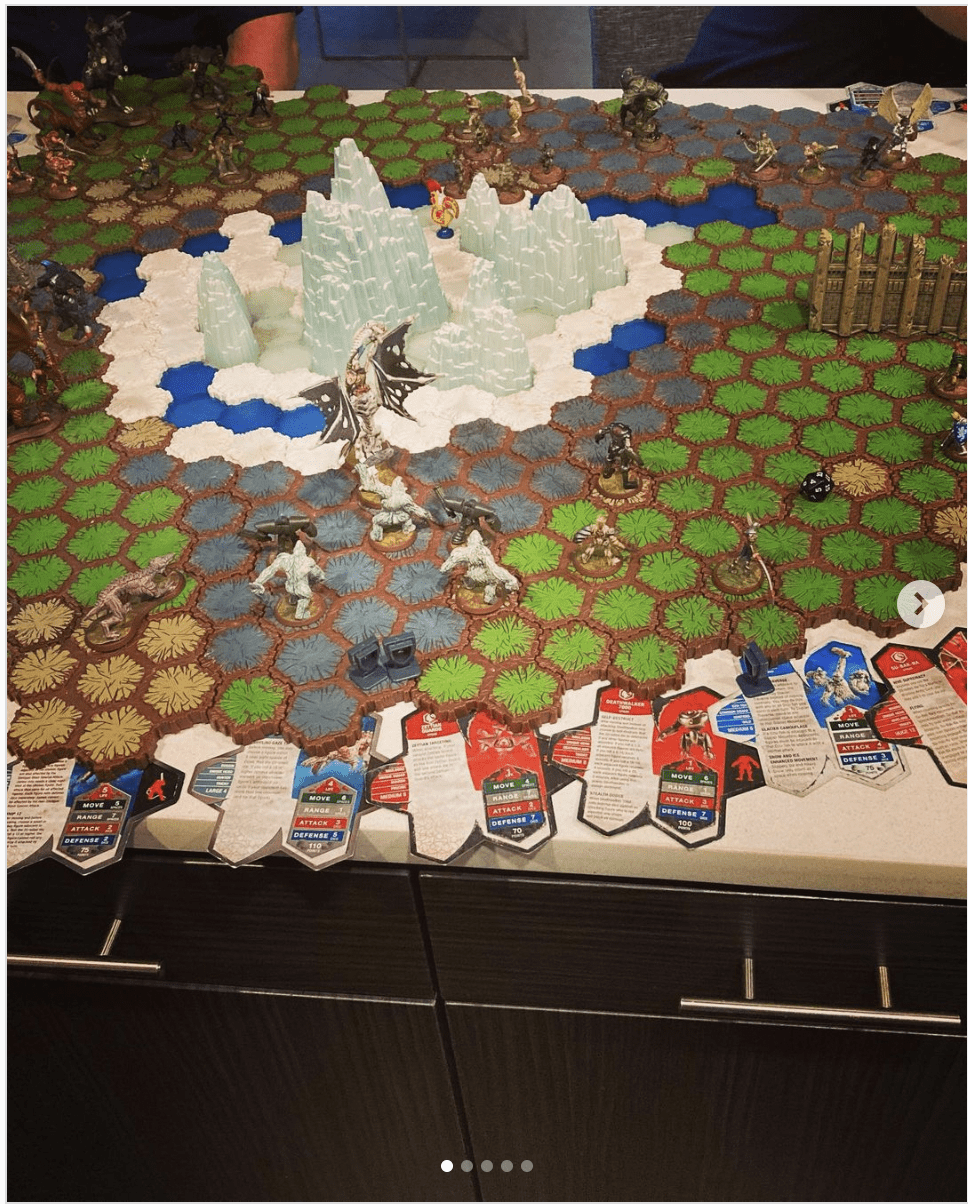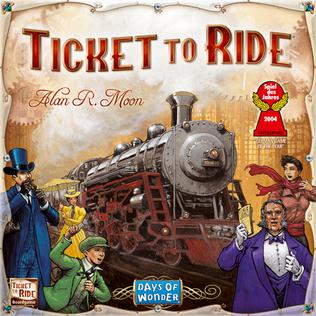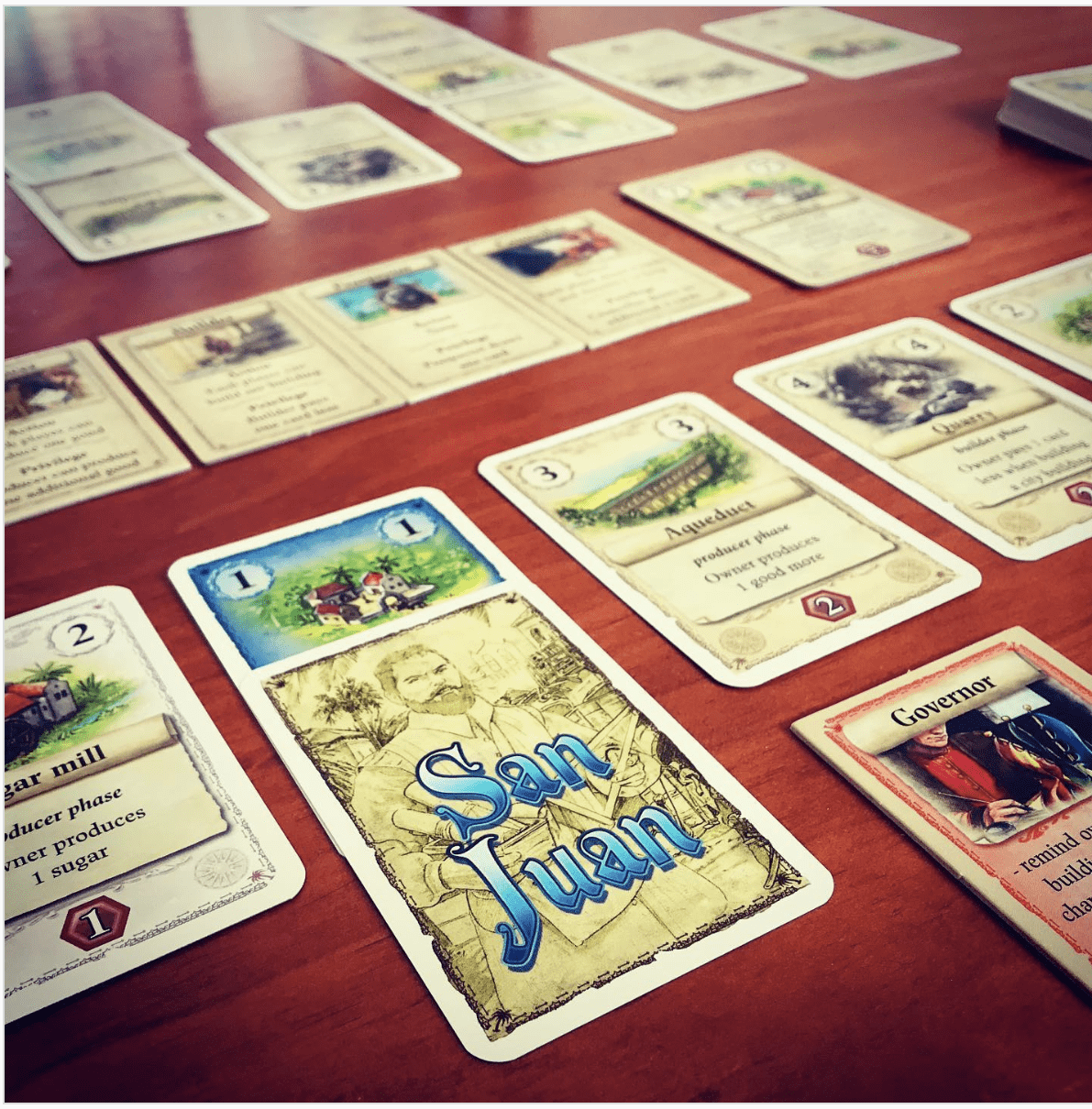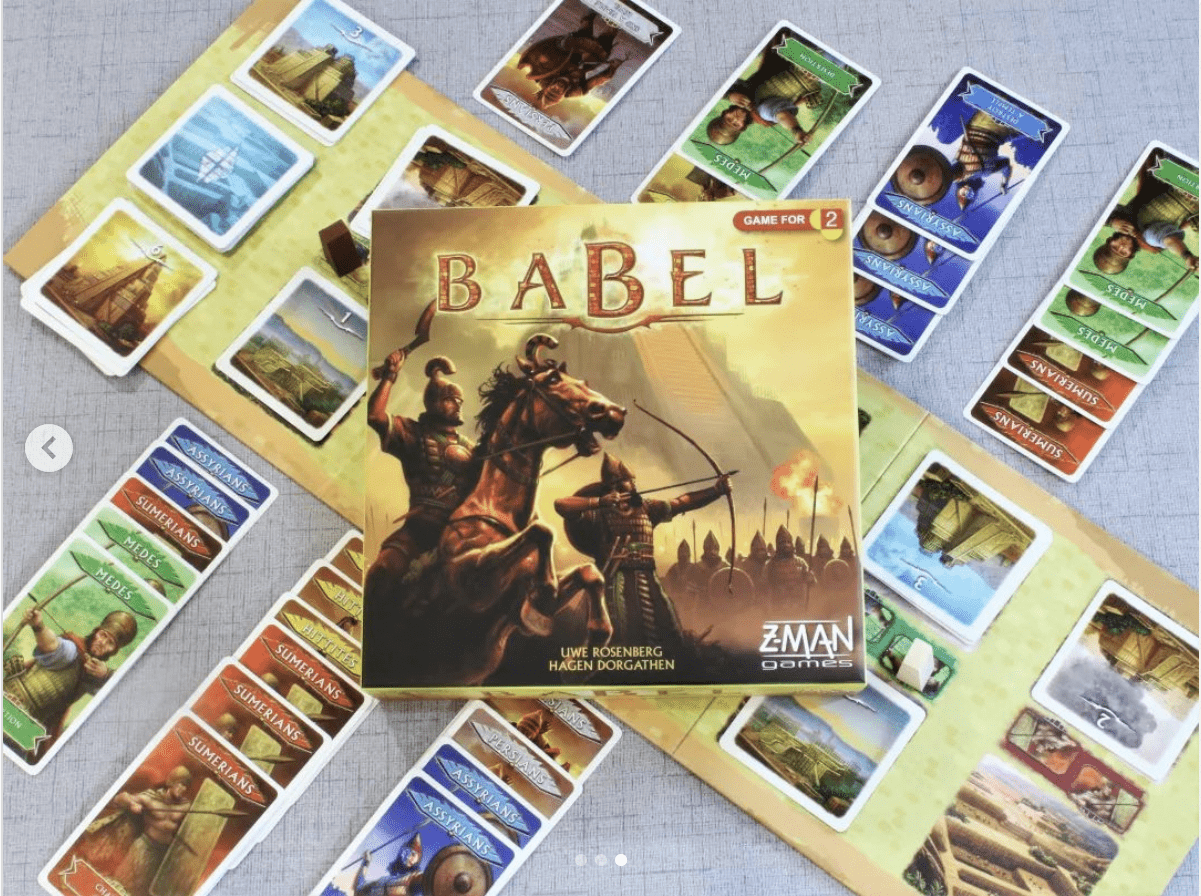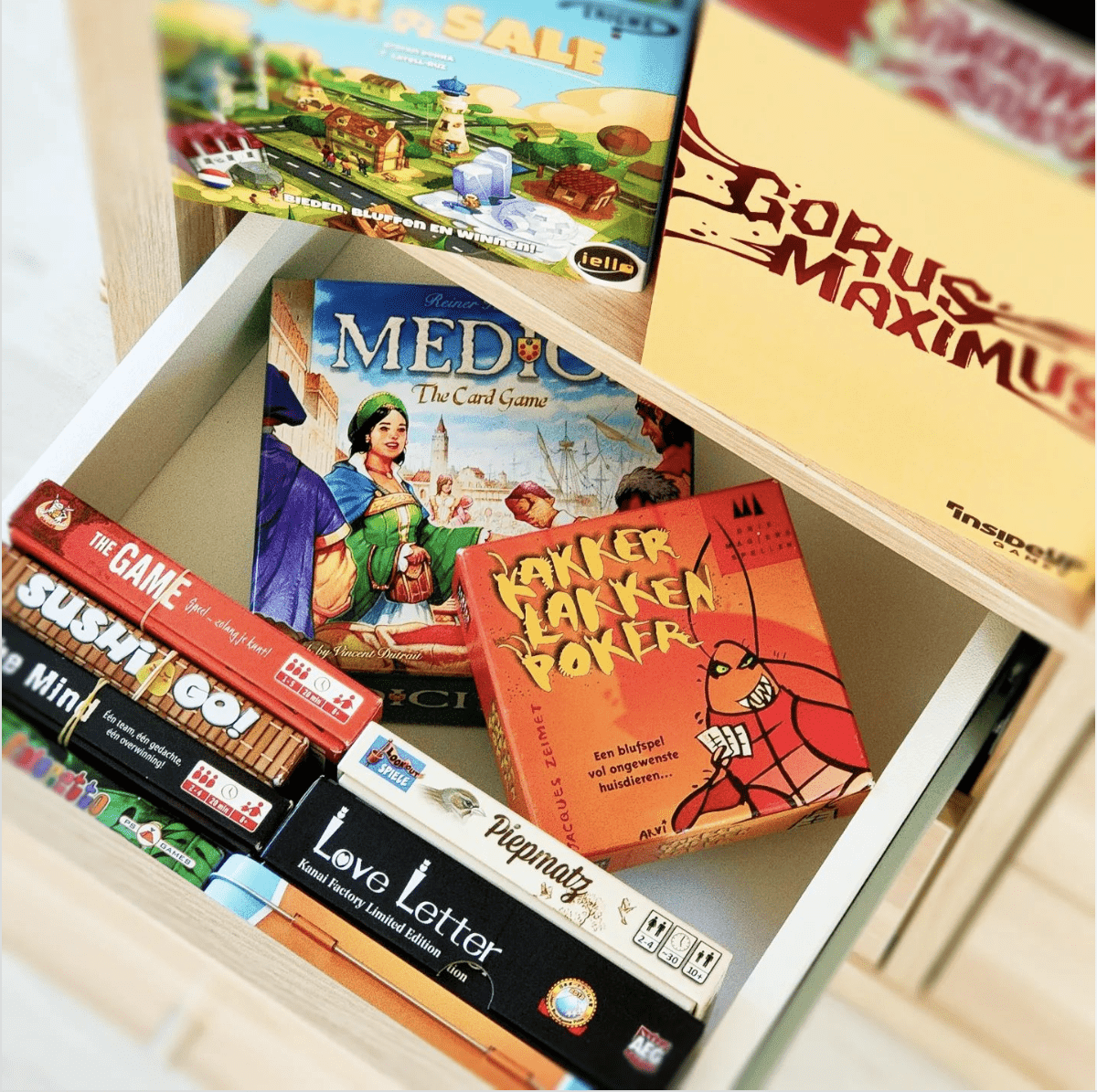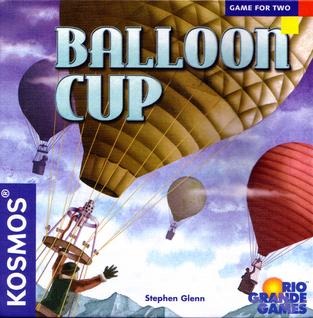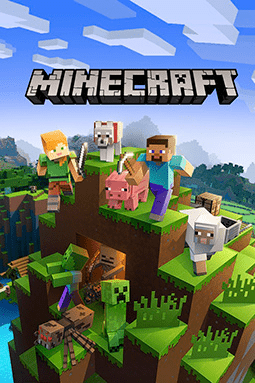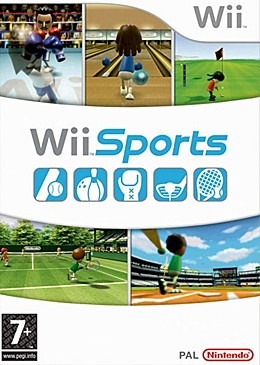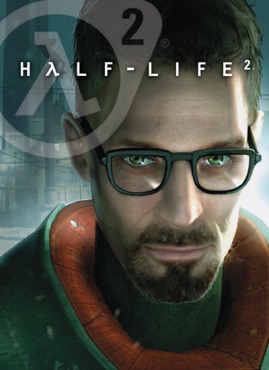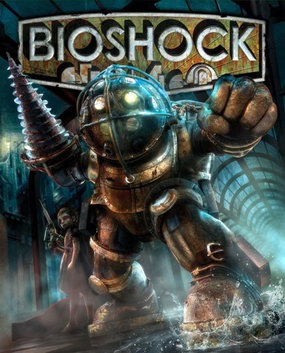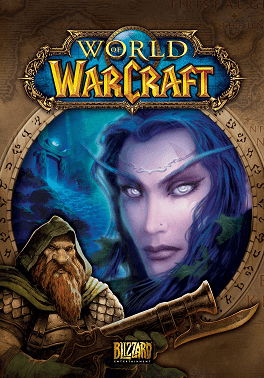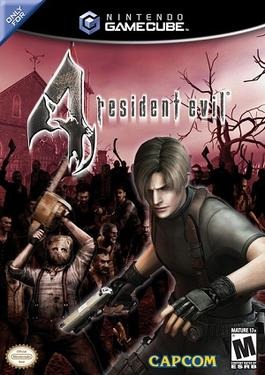Children’s growth and development are aided by playtime. It is essential for fostering growth in knowledge, inspiring new perspectives, and strengthening bonds among people. Back in the day, kids’ games all required some level of physical exertion and required them to interact with one another in real time. When we look back at the era when technology was slowly but surely sneaking into our lives, we can see that video games gradually replaced traditional forms of play.
This post is for anyone who spent the 2000s immersed in video, board, or card games. If you spent any of your formative years in the 2000s, this article would evoke a flood of fond recollections. So, without further ado, let’s launch into a list and description of the decade’s most-played games.
Popular Board Games of the 2000s
For thousands of years, people all across the world have relied on board games of some sort to pass the time. New games are created every year, bringing exciting new worlds to gamers’ shelves and gaming tables. Looking back over the decades, gamers can see which titles were hits and which ones fizzled out.
1. Puerto Rico (2002)
Designed by Andreas Seyfarth and published by Rio Grande Games in 2002, this game may accommodate from 2 to 5 players. This is a complex board game intended for kids above 12. The game’s objective is to provide everyone a specific function they may use to build various objects. Players take turns assuming various positions, from the mayor to captain, each time the game is played. Player characters take on the abilities and responsibilities of their selected roles, allowing them to do things like trade items and construct structures. Points are awarded to the player whose duty is seen as having performed the best.
2. Dixit (2008)
Dixit, released in 2008, is a beautiful set of abstract image cards that combines elements of tabletop gaming with creative interpretation. For this turn, one player acts as a storyteller by perusing the depictions on her hand of six cards. She then constructs a sentence from one of them and reads it aloud to the group without revealing the card’s contents. Each other player secretly chooses the card in their hand that most closely matches the statement, then passes that card to the storyteller.
3. Pandemic (2008)
In 2008, Z-Man Games released this entertaining board game developed by Matt Leacock. It’s great for groups of two to four people aged 10 and above. It’s a mind-bending puzzle game that challenges kids’ higher brain functions by encouraging creative problem-solving. The game’s primary objective is to stop the global spread of four deadly pandemic illnesses. To contain the infections, players must assume a variety of jobs, such as Scientist or Operations specialist. Finding the cure and preventing the spread of illnesses has a deadline; if it isn’t met, everyone loses.
4. Hero Scape (2004)
A group of two to four people, at least eight years old, may have a lot of fun with this board game. They were published by Milton Bradley/Wizards of the Coast/Hasbro and created by Stephen Baker, Craig Van Ness, and Rob Daviau. It’s the best board game ever if you like historical warfare. HeroScape: The Battle of All Time is the subtitle. The name is fitting since it requires players to construct a complex battlefield where they will engage in conflicts with a wide variety of draft armies like robots, samurai, airborne forces, and more.
5. Ticket to Ride (2004)
This game, created by Alan R. Moon and released in 2004 by Days of Wonder, is aimed squarely at kids aged eight and up. The goal of this board game is to beat your opponent by completing a route across Canada and the United States using a railroad system you designed and built. Players are pushed to their mental limits as they are presented with a plethora of strategic options and are ultimately responsible for making their own tactical decisions throughout the game.
Popular Card Games of the 2000s
Most card games can be finished faster than the time it takes to play a traditional board game. You may just open a deck of cards, mix them, and play the game you wish to play according to its rules; most card games don’t require sophisticated setups, saving you time and effort.
1. San Juan (2004)
In the decade after its debut, this card game became one of the most played in the world. It’s fashioned after the popular tabletop game Puerto Rico. The game’s deck of 110 cards features a wide range of factories, from those producing indigo and sugar to those manufacturing silver, coffee, and tobacco. You may use the violet cards to unlock bonus features and get access to exclusive rewards. To construct new buildings or purchase those of your opponent, you can use up to seven cards every round.
Conversely, the deck cards, which stand for the products created in the factories, are left exposed. The more structures a player builds, the more points they will receive. When one player has constructed twelve structures, the game is over, and that person has won.
2. Babel (2000)
This card game for two players takes inspiration from ancient conflicts and civilizations. Strategic preparation and meticulous organization are prerequisites for a successful Babel game. The game aims to defeat your opponent by amassing the largest army and destroying the most temples. The game’s card categories represent the five ancient civilizations: the Medes, Sumerians, Persians, Assyrians, and Hittites. Cards in hand represent different civilizations, while those in the deck are used to construct temples on the game board.
3. Coloretto (2003)
Michael Schacht created the card game Coloretto, first released in 2003. Players amass a hand of cards to increase their point total. Seven different colored cards and three additional “wild” cards (called “jokers” in Coloretto) are used in the game. In Coloretto, just three of the player’s colors add to their score, while the rest colors count against them. At the end of the game, players pair their wild cards with cards of the same color so that their total points from those three colors exceed their total points from the other colors by as much as possible.
4. Balloon Cup (2003)
An interesting aviation-themed card game, Balloon Cup, was created in 2003 by Stephen Glenn. It’s a cooperative game where two people fly balloons and try to land on cubes of the same hue. To play, lay out four cards depicting two distinct landscapes in the center and a cube numbered one through four on top of each card. The goal is to reach the opposite side of the scenery with just the cards at hand. One of the game’s most intriguing features is the many obstacles that must be overcome to complete the journey throughout the environment. If the wind is extreme, your opponent may be able to obtain more balloon flights than you do, giving them a distinct advantage.
Popular Video Games of the 2000s
The gaming industry saw one of its most fruitful eras of expansion in the 2000s. In the 2000s, the video game industry entered its fourth decade. Sony, Nintendo, and the upstart Microsoft had significant market shares during the decade. High-definition games emerged around the end of the decade, marking the end of the low-resolution 3D polygons of the previous decade. Developers spent most of the decade focusing on creating interactive worlds with realistic physics and AI.
1. Minecraft (2009)
After Zach Barth created an experimental game in 2009 called Infiniminer, Minecraft quickly became a hit with gamers. The block-based design of this game is reminiscent of Legos and is really appealing. In 2011, the game’s final iteration launched with two playable game types. The game’s goal is to fight zombies and mine for valuable items. In survival mode, players must contend with both zombies and giant spiders while exploring for ways to gather valuable minerals. The other option is “creative,” consisting only of building numerous grandiose constructions out of a plentiful supply of resources such as glass, stone, blocks, and wooden materials.
2. Wii Sports (2006)
Nintendo released Wii Sports, a sports simulation game, in 2006 for the Wii system. To showcase the motion-sensing capabilities of the Wii Remote, Nintendo released a collection of five sports simulators called Wii Sports. Tennis, baseball, bowling, golf, and boxing are the five sports featured. Wii Sports became the console’s best-selling title at the end of 2007. The game broke the record for a seventh-generation console game in Japan, selling 176,167 copies in its first two days of the sale, despite not being included with the Wii console. By March 2009, 45.71 million game copies had been sold worldwide.
3. Half-Life 2 (2004)
Look no further if you’re looking for a highly involved game from the 2000s. Half-Life 2’s view on a combined force invasion is unique among video games, even though most feature some sort of invasion. A resistance army must be formed and trained as soon as possible as Gordon Freeman awakens to find the planet completely dominated by adversaries. The game stimulates your senses and forces you to think on your feet as you solve challenging puzzles and develop clever weapons like the iconic gravity gun.
4. Bioshock (2007)
This game had some strong sci-fi influences, with its setting of a paradise underwater that is cursed to an irreparable extent. BioShock players are shooters, although it also involves role-playing. They must complete a terrifying adventure that requires them to flee Rapture against all odds. The game’s animations and the future genetic changes it depicts, which impressed players, are what made it famous.
5. World of Warcraft (2004)
Not only has this game dominated the gaming industry, but it has also had such a profound effect on the lives of young people that it has even inspired wedding themes. This MMORPG adventure combines the best elements of games like Everquest and Ultima Online, both hugely successful in the past. Fans of the game have stuck with it through several upgrades and expansions because of the challenging tasks and high-quality artwork.
6. Resident Evil 4 (2005)
Even if saving the daughter of the US president from a wicked Spanish cult was already a difficult task in the original game, this sequel upped the difficulty in every way imaginable. The game’s framework was devised by Shinji Mikami, the mastermind behind Capcom’s acclaimed horror franchise, so naturally, the plot and objective would take terrifying twists. Many fans continue to see this video game as the series’ high point because of its groundbreaking influence on action and survival horror.
No matter what year, decade, or century you were born in, playtime and games significantly impact building self-esteem and expanding sensory capacities. You would be sorely mistaken if you thought the golden age of video gaming began recently. Online and console games of today are very addicting, but the games of the 2000s were just as captivating.

